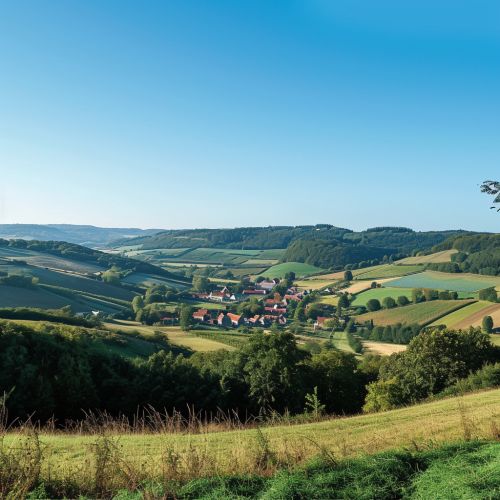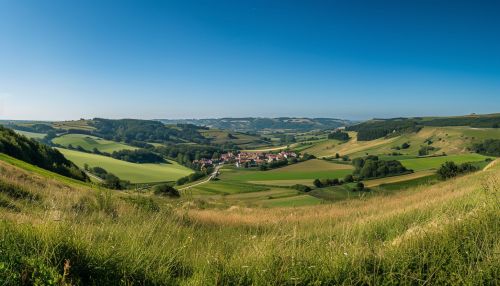Belgium
Geography
Belgium, officially known as the Kingdom of Belgium, is a country located in Western Europe. It is bordered by the Netherlands to the north, Germany to the east, Luxembourg to the southeast, France to the southwest, and the North Sea to the northwest. The country covers an area of 30,528 square kilometers (11,787 square miles) and has a population of more than 11 million people.


The geography of Belgium is characterized by a coastal plain in the northwest and a central plateau. The plateau is bisected by the Ardennes forest in the southeast, a hilly region that extends into France and Luxembourg. The Meuse and Scheldt rivers are the major waterways, providing important trade routes and shaping the country's interior landscapes.
History
Belgium's history is intertwined with those of its neighbors, making it a part of the broader history of Europe. The area now known as Belgium has been inhabited since before prehistoric times, with evidence of Neolithic and Bronze Age settlements. The region was later conquered by the Roman Empire, becoming a part of the province of Gallia Belgica.
In the Middle Ages, the area was a center of trade and culture, with cities like Bruges, Ghent, and Antwerp becoming some of the richest in Europe. The region was later divided into the Seventeen Provinces in the 16th century, which were ruled by the Spanish and then the Austrian Habsburgs.
The Belgian Revolution in 1830 led to the country's independence, with a constitutional monarchy and parliament established in 1831. Belgium was neutral during World War I, but was invaded by Germany. The country was again invaded by Germany in World War II, and was liberated by the Allies in 1944.
Politics
Belgium is a federal constitutional monarchy with a parliamentary system. The king is the head of state, but political power is held by the prime minister and his cabinet. The country is divided into three regions: Flanders in the north, where the official language is Dutch; Wallonia in the south, where French is the official language; and the Brussels-Capital Region, where both languages are official.
The Belgian political system is characterized by its complex nature, with a high degree of power devolved to the regional governments. The country's political landscape is also marked by a divide between the Flemish and Walloon communities, which has led to ongoing tensions and political instability.
Economy
Belgium has a highly developed market economy, with a high degree of trade openness. The country is known for its high standard of living, quality of life, healthcare, and education. It is one of the world's largest trading nations, with a strong focus on international trade, particularly within the European Union.
The economy is characterized by a highly productive work force, high GNP, and high exports per capita. Belgium's main imports are raw materials, machinery and equipment, chemicals, raw diamonds, pharmaceuticals, foodstuffs, transportation equipment, and oil products. Its main exports are machinery and equipment, chemicals, finished diamonds, metals and metal products, and foodstuffs.
Culture
Belgian culture is a mix of French and Dutch influences, reflecting the country's linguistic divide. The country is known for its fine art, music, and cuisine. Belgium has been the home of many well-known artists, including the surrealist painter René Magritte and the Art Nouveau architect Victor Horta.
Belgian cuisine is varied and includes significant contributions to chocolate and beer. The country produces more than 1,100 varieties of beer and its chocolate is renowned around the world. Belgium is also known for its waffles, fries, and a wide variety of regional dishes.
